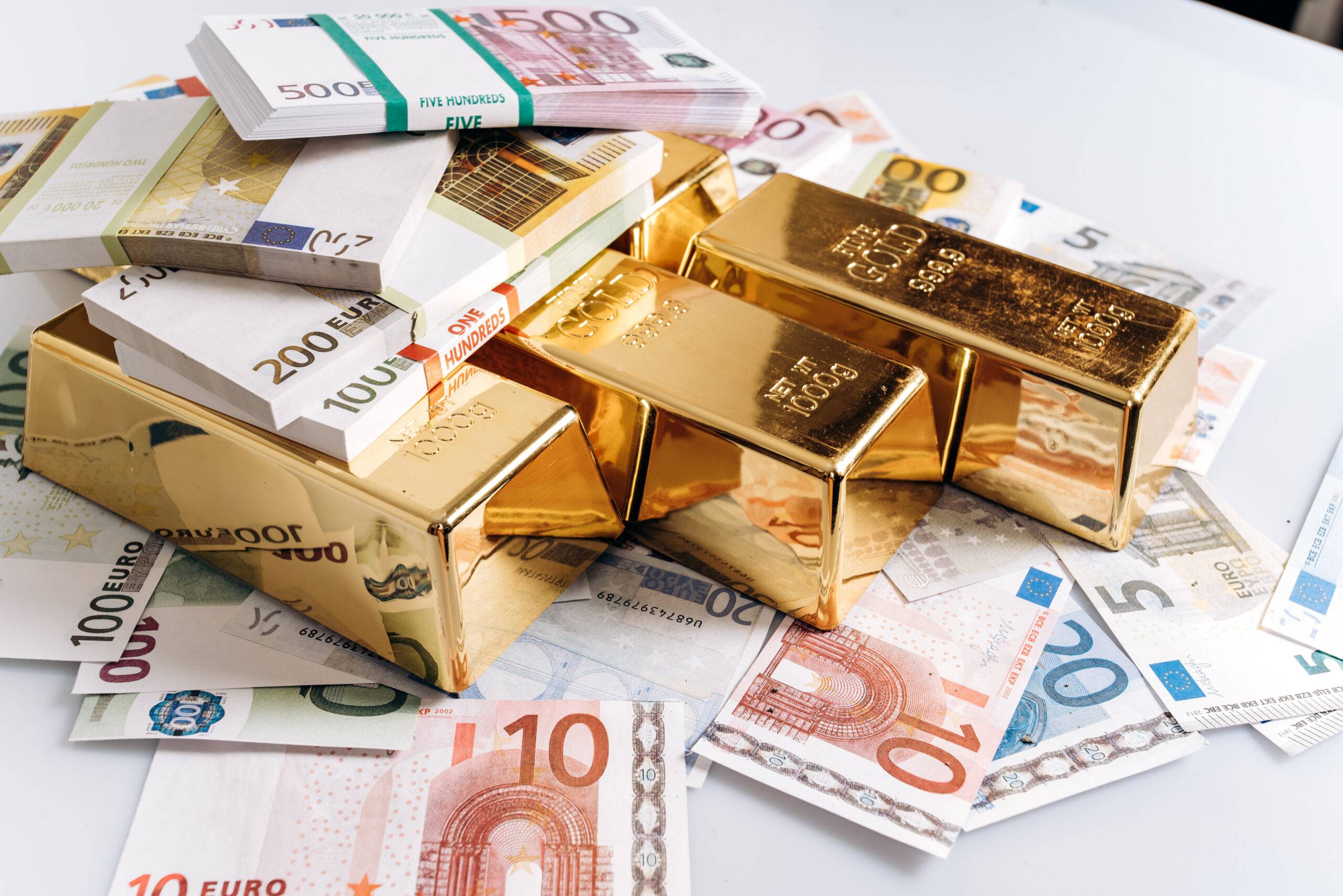Surging gold prices in the lead-up to the highly anticipated Federal Reserve’s rate decision signal investor enthusiasm, while expectations of Fed Chair Jerome Powell maintaining a tough stance on XAU/USD leave the precious metal’s future uncertain amidst resilient US economic data and persistent inflation concerns.
In the ever-evolving world of finance and economics, gold has always held a unique position. Regarded as a safe-haven asset, the precious metal often attracts investors during times of uncertainty. However, the current landscape seems somewhat different. Gold prices have been on a rollercoaster ride in recent times, experiencing sharp fluctuations in response to various economic indicators and Fed policy signals.
As the Federal Open Market Committee (FOMC) convened for their latest meeting, all eyes were on Jerome Powell, the Fed Chair, and his team. Speculation was rife that the central bank would announce an interest rate hike, aiming to address the surging inflationary pressures in the US economy.
Surging Gold Prices Amidst US Economic Resilience and Inflation Concerns Shape Path Ahead of Anticipated Rate Hike
The US economy has demonstrated remarkable resilience in the face of global challenges, positioning itself as a leader in the post-pandemic recovery. The Citi Economic Surprise Index, which tracks US economic data relative to expectations, has been consistently positive, indicating that economic indicators have outperformed analysts’ forecasts. This positive trend has been in place since the summer of 2022, further bolstering confidence in the nation’s economic prospects.
Amidst this backdrop, the Federal Reserve has been closely monitoring inflationary pressures. While headline inflation has somewhat eased, core Consumer Price Index (CPI) readings, which exclude volatile components like food and energy, have remained sticky. Powell and his colleagues have voiced concerns that inflation might not be entirely transitory, necessitating further monetary tightening to combat its potential persistence.
As the FOMC meeting got underway, the markets were bracing for a likely rate hike, bringing the benchmark lending rates to a range of 5.25% – 5.50%. This move was anticipated following a pause in the previous meeting, indicating the Fed’s determination to tackle inflation head-on.
Gold’s Reaction to Fed’s Tough Stance
As investors awaited the Fed’s decision, gold prices responded with a rally. However, the precious metal’s traditional role as an inflation hedge seemed less apparent this time. Market participants were cautious as Jerome Powell remained resolute in his commitment to maintaining tight monetary policy.
Gold, being a non-yield-bearing asset, tends to struggle in an environment where the central bank keeps interest rates high. With the Fed showing no signs of easing and focusing instead on curbing inflation, Treasury yields were likely to stay elevated. This circumstance further exacerbated gold’s challenges, as it does not generate any yield for investors in contrast to bonds or other interest-bearing assets.
Technical Analysis and Gold’s Performance
In the midst of this uncertain landscape, technical analysis played a crucial role in assessing gold’s short-term movements. On the daily chart, XAU/USD managed to remain above the near-term falling trendline from May, providing some hope for gold bulls. However, fresh resistance was encountered at the 23.6% Fibonacci retracement level of 1971, indicating a potential barrier to further gains.
Immediate support was found at the 50-day Moving Average (MA). A breach of this level could shift the focus to the 38.2% Fibonacci level at 1903, potentially leading to a deeper correction. On the other hand, if gold prices managed to extend higher, the 2048 – 2081 resistance zone would come into play, presenting a significant challenge for the precious metal.
The Road Ahead for Gold Investors
While gold’s performance in the immediate aftermath of the Fed’s decision remained uncertain, analysts suggested that the precious metal might face headwinds in the near term. The Fed’s firm stance on inflation and interest rates could continue to dampen the appeal of gold as an investment option, at least until the central bank hints at a more accommodative approach.

Source: dailyFX
Investors closely watched for any indication from Powell regarding future rate hikes. The consensus was that the Fed might raise rates to 5.50% – 5.75% by the end of the year, but the trajectory beyond that remained uncertain. Powell’s post-meeting press conference held the key to understanding the central bank’s future plans and how they might impact gold and other financial markets.
Conclusion
In conclusion, gold prices experienced a rally ahead of the Fed’s decision, reflecting investor uncertainty in the face of potential rate hikes and persistent inflationary pressures. Fed Chair Jerome Powell’s commitment to maintaining a tough stance on XAU/USD, coupled with the resilience of the US economy, shaped gold’s path in the financial landscape. As the markets digested the Fed’s decision and Powell’s statements, investors remained vigilant for any sign of changes in the central bank’s approach, which could have significant implications for gold’s future performance.
Click here to read our latest article on Sterling Depreciates On Weak Economic Data




